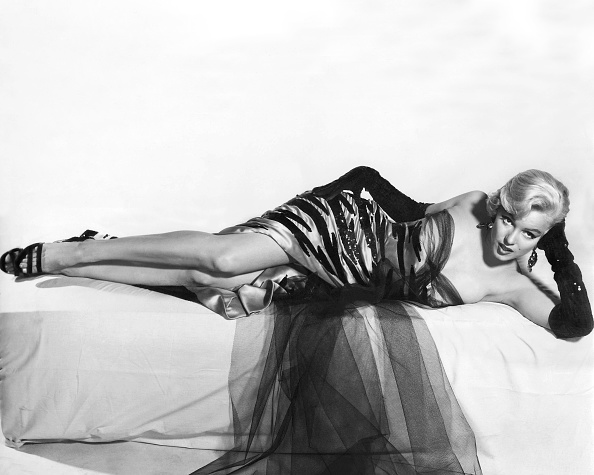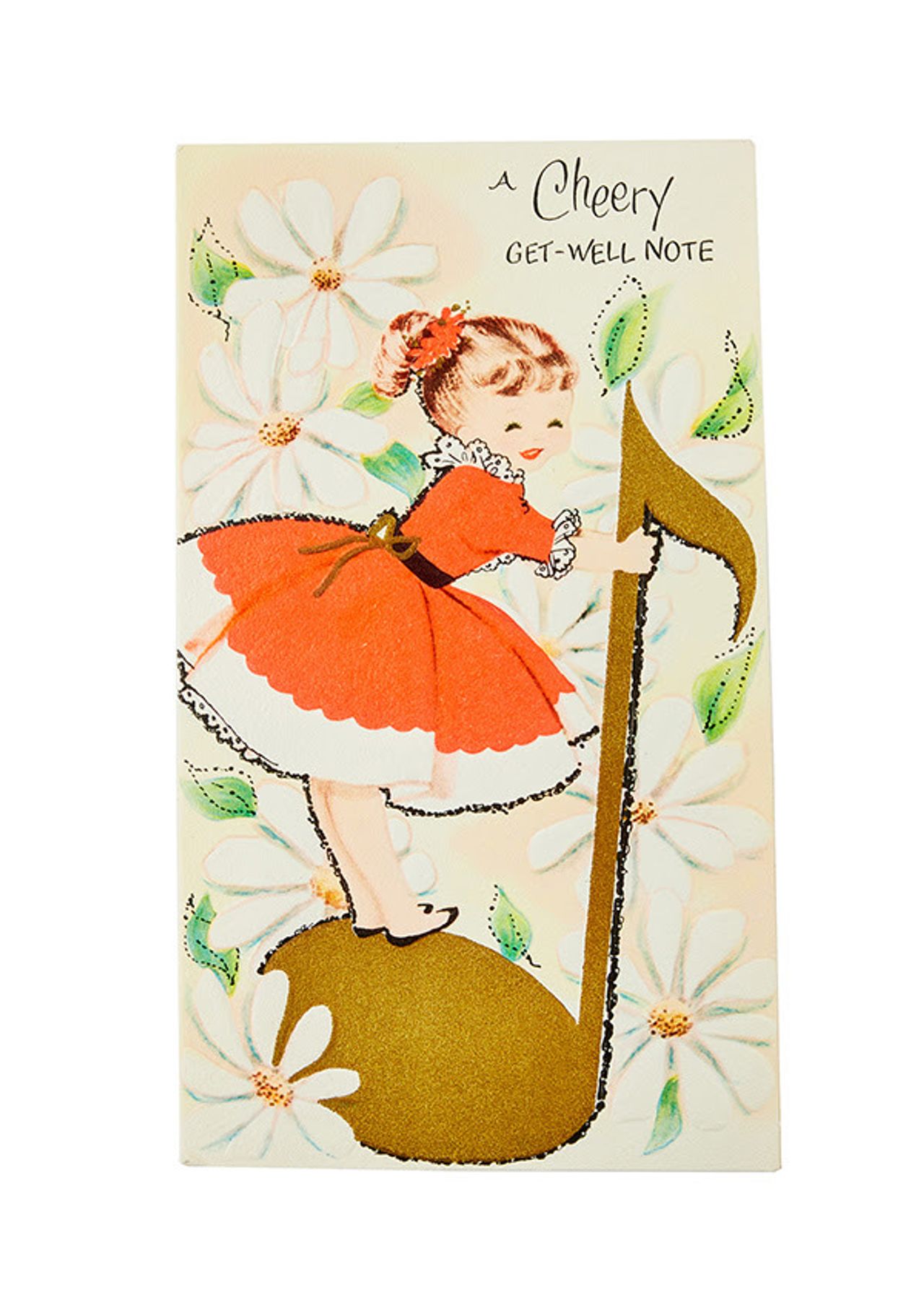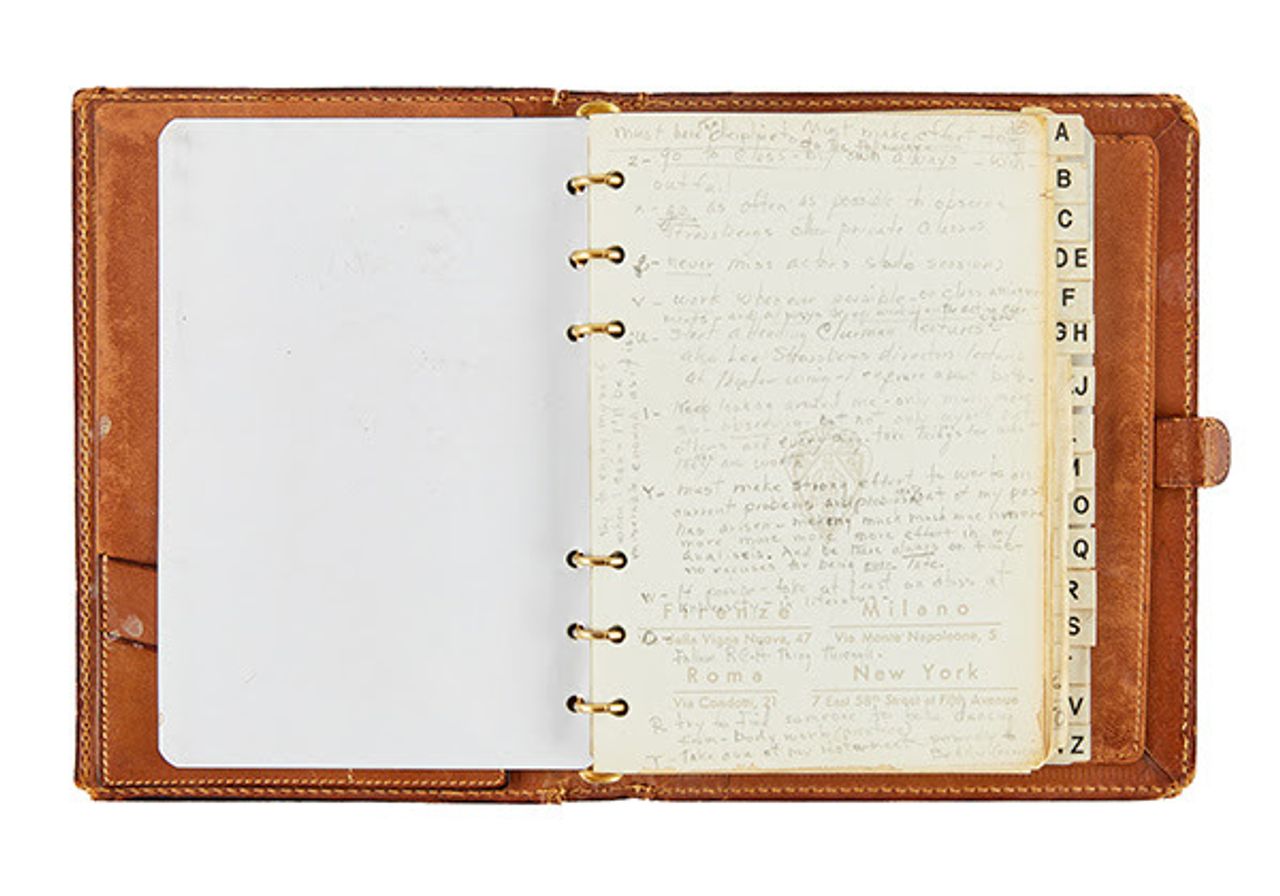A Selection of Marilyn Monroe Memorabilia up for Grabs in December
More than 175 items from Marilyn Monroe’s life and career will be offered this December by Julien’s Auctions in collaboration with Turner Classic Movies.
The sale comes on the heels of the release of the controversial film Blonde, based on the 2000 novel of the same name that focuses heavily on Monroe’s rise to fame and her relationships with men, both real and fictional.
Highlighting the sale is an artifact that’s believed to be the only connection or communication between the world-famous actress and one of the men in her life, her biological father Stanley C. Gifford.
Monroe was put into foster care in June 1926 when she was just two weeks old. Her mother tried to gain back full custody, but struggled with symptoms of mental disorder, according to her biography. Gifford, who worked in the film industry, did not want Monroe to be part of his life even though she tried to contact and visit him many times, according to My Sister Marilyn: A Memoir of Marilyn Monroe by Berniece Baker Miracle, Monroe’s half-sister, and Mona Rae Miracle, daughter of Berniece.
The card reads: “This cheery little get-well note comes specially to say that lots of thoughts and wishes, too, are with you every day,” with the words “a little prayer too,” and signed “Stanley Gifford, Red Rock Dairy Farm, Hemet, Calif.”
The card was discovered by Marilyn Monroe historian and collector Scott Fortner as part of researching and documenting Monroe’s personal archives. It was undated and without an envelope, and believed to be hand delivered to Monroe when Gifford visited her during one of her many hospitalizations in Los Angeles, according to Julien’s.
It has an estimated value between US$2,000 and US$3,000.
Additional highlights include wardrobe pieces worn by Monroe for her photograph shoots and movies. A Mae West-inspired black “cellophane effect” evening gown, worn by Monroe during the 1955 filming of The Seven Year Itch, is expected to fetch between US$20,000 and US$40,000. A black velvet opera coat in which she was often photographed while living in New York from 1954-55 has a presale estimate between US$20,000 and US$30,000.
One of the most valuable items is a personalized brown leather Gucci address book custom stamped “M.M.” on the front cover, circa 1955, expected to sell for between US$50,000 and US$70,000. The address book contains contacts including Marlon Brando, “Mother Miller,” Lee Strasberg, Maurine [sic.] Stapleton, and Harold Clurman, along with handwritten entries and notes.
“Despite the numerous books, movies, and stories there are about the life of Marilyn Monroe, she has always been a largely enigmatic and alluring star,” Pola Changnon, general manager of Turner Classic Movies, said in a statement. “This auction brings us closer to the real person she was.”
The sale will take place from Dec. 17-18 live at Julien’s Beverly Hills galleries and via its online platform.
 Copyright 2020, Dow Jones & Company, Inc. All Rights Reserved Worldwide. LEARN MORE
Copyright 2020, Dow Jones & Company, Inc. All Rights Reserved Worldwide. LEARN MORE
This stylish family home combines a classic palette and finishes with a flexible floorplan
Just 55 minutes from Sydney, make this your creative getaway located in the majestic Hawkesbury region.
As Paris makes its final preparations for the Olympic games, its residents are busy with their own—packing their suitcases, confirming their reservations, and getting out of town.
Worried about the hordes of crowds and overall chaos the Olympics could bring, Parisians are fleeing the city in droves and inundating resort cities around the country. Hotels and holiday rentals in some of France’s most popular vacation destinations—from the French Riviera in the south to the beaches of Normandy in the north—say they are expecting massive crowds this year in advance of the Olympics. The games will run from July 26-Aug. 1.
“It’s already a major holiday season for us, and beyond that, we have the Olympics,” says Stéphane Personeni, general manager of the Lily of the Valley hotel in Saint Tropez. “People began booking early this year.”
Personeni’s hotel typically has no issues filling its rooms each summer—by May of each year, the luxury hotel typically finds itself completely booked out for the months of July and August. But this year, the 53-room hotel began filling up for summer reservations in February.
“We told our regular guests that everything—hotels, apartments, villas—are going to be hard to find this summer,” Personeni says. His neighbours around Saint Tropez say they’re similarly booked up.
As of March, the online marketplace Gens de Confiance (“Trusted People”), saw a 50% increase in reservations from Parisians seeking vacation rentals outside the capital during the Olympics.
Already, August is a popular vacation time for the French. With a minimum of five weeks of vacation mandated by law, many decide to take the entire month off, renting out villas in beachside destinations for longer periods.
But beyond the typical August travel, the Olympics are having a real impact, says Bertille Marchal, a spokesperson for Gens de Confiance.
“We’ve seen nearly three times more reservations for the dates of the Olympics than the following two weeks,” Marchal says. “The increase is definitely linked to the Olympic Games.”

Getty Images
According to the site, the most sought-out vacation destinations are Morbihan and Loire-Atlantique, a seaside region in the northwest; le Var, a coastal area within the southeast of France along the Côte d’Azur; and the island of Corsica in the Mediterranean.
Meanwhile, the Olympics haven’t necessarily been a boon to foreign tourism in the country. Many tourists who might have otherwise come to France are avoiding it this year in favour of other European capitals. In Paris, demand for stays at high-end hotels has collapsed, with bookings down 50% in July compared to last year, according to UMIH Prestige, which represents hotels charging at least €800 ($865) a night for rooms.
Earlier this year, high-end restaurants and concierges said the Olympics might even be an opportunity to score a hard-get-seat at the city’s fine dining.
In the Occitanie region in southwest France, the overall number of reservations this summer hasn’t changed much from last year, says Vincent Gare, president of the regional tourism committee there.
“But looking further at the numbers, we do see an increase in the clientele coming from the Paris region,” Gare told Le Figaro, noting that the increase in reservations has fallen directly on the dates of the Olympic games.
Michel Barré, a retiree living in Paris’s Le Marais neighbourhood, is one of those opting for the beach rather than the opening ceremony. In January, he booked a stay in Normandy for two weeks.
“Even though it’s a major European capital, Paris is still a small city—it’s a massive effort to host all of these events,” Barré says. “The Olympics are going to be a mess.”
More than anything, he just wants some calm after an event-filled summer in Paris, which just before the Olympics experienced the drama of a snap election called by Macron.
“It’s been a hectic summer here,” he says.

AFP via Getty Images
Parisians—Barré included—feel that the city, by over-catering to its tourists, is driving out many residents.
Parts of the Seine—usually one of the most popular summertime hangout spots —have been closed off for weeks as the city installs bleachers and Olympics signage. In certain neighbourhoods, residents will need to scan a QR code with police to access their own apartments. And from the Olympics to Sept. 8, Paris is nearly doubling the price of transit tickets from €2.15 to €4 per ride.
The city’s clear willingness to capitalise on its tourists has motivated some residents to do the same. In March, the number of active Airbnb listings in Paris reached an all-time high as hosts rushed to list their apartments. Listings grew 40% from the same time last year, according to the company.
With their regular clients taking off, Parisian restaurants and merchants are complaining that business is down.
“Are there any Parisians left in Paris?” Alaine Fontaine, president of the restaurant industry association, told the radio station Franceinfo on Sunday. “For the last three weeks, there haven’t been any here.”
Still, for all the talk of those leaving, there are plenty who have decided to stick around.
Jay Swanson, an American expat and YouTuber, can’t imagine leaving during the Olympics—he secured his tickets to see ping pong and volleyball last year. He’s also less concerned about the crowds and road closures than others, having just put together a series of videos explaining how to navigate Paris during the games.
“It’s been 100 years since the Games came to Paris; when else will we get a chance to host the world like this?” Swanson says. “So many Parisians are leaving and tourism is down, so not only will it be quiet but the only people left will be here for a party.”
This stylish family home combines a classic palette and finishes with a flexible floorplan
Just 55 minutes from Sydney, make this your creative getaway located in the majestic Hawkesbury region.
























